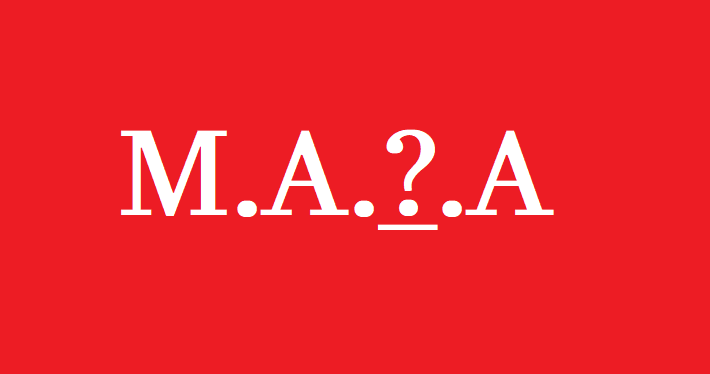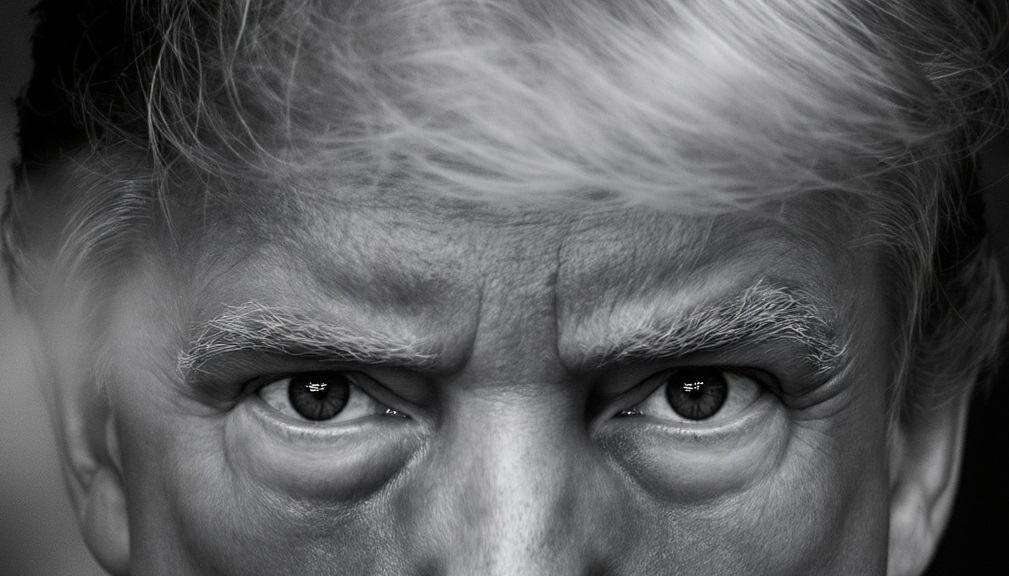Trump–Putin Alaska Summit – What We Know Till Now
A Frosty Stage in America’s North
Anchorage, Alaska, became the unlikely epicenter of world diplomacy on Saturday, August 16, 2025, as U.S. President Donald Trump and Russian President Vladimir Putin met in a highly anticipated — and highly controversial — summit. Set against the crisp air and rugged landscape of America’s northern frontier, the meeting carried both the weight of history and the chill of unresolved tensions.
At 1:30 p.m. EST, Joint Base Elmendorf-Richardson went into full lockdown. U.S. Secret Service agents coordinated with Russia’s Federal Protective Service, scanning every inch of the base for potential security threats. The symbolism of Alaska — purchased from Russia in 1867 — was not lost on observers. “Some places just hold history in their soil,” remarked a senior U.S. official ahead of the meeting.
The Arrival and the Handshake Seen Around the World
By 1:45 p.m. EST, Putin’s aircraft descended through the overcast sky, touching down to a ceremonial display of U.S. and Russian flags. Minutes later, Air Force One landed with Trump on board. The two leaders approached each other on the tarmac, locking hands in an extended handshake that lasted nearly 15 seconds — long enough for headlines to start writing themselves.
“This is a meeting of great consequence,” Trump declared to reporters before stepping into the secure conference hall. Putin, speaking in Russian through a translator, responded, “We meet in a place where East once met West, and perhaps can meet again.”
Closed-Door Talks Behind Tight Security
At 2:20 p.m. EST, the real work began. Inside the fortified hall, only top aides and interpreters were present. Discussions reportedly touched on Arctic territorial rights, oil exploration, Ukraine, and sanctions. No journalists were allowed inside, but aides shuttled between rooms carrying thick folders and encrypted tablets.
By 3:15 p.m. EST, both delegations took a short coffee break. Observers noted the absence of casual interaction — no backslapping or light banter, just the quiet exchange of documents.
The Timeline of a Tense Afternoon
4:45 p.m. EST marked the end of the talks, wrapping up after just under three hours. Notably, there was no joint press conference — a decision seen by many analysts as a sign of underlying disagreements. Instead, at 5:00 p.m. EST, the leaders issued separate statements.
Trump’s words were brief but loaded: “We had a frank and productive discussion. There are challenges, but there are also opportunities if we act in good faith.”
Putin, for his part, struck a more guarded tone: “Our talks were constructive. We will continue dialogue. This is not the end of the road — perhaps only the beginning.”
By 5:15 p.m. EST, Putin’s motorcade was already rolling back to his aircraft, while Trump stayed behind to greet U.S. military personnel, posing for photographs and shaking hands with soldiers.
What the Summit Means Going Forward
While no concrete agreements were announced, the symbolism of the meeting itself is being dissected across capitals. In Moscow, state media portrayed it as a moment of thawing relations. In Washington, reactions were more divided, with critics accusing Trump of giving Putin a platform without extracting concessions.
Foreign policy experts are split: some see the Alaska summit as a cautious step toward reducing tensions, while others view it as a calculated move by both leaders to project strength without making tangible commitments. The choice of Alaska — historically contested territory and a symbol of U.S.-Russia interaction — added an unmistakable layer of drama.
As one veteran diplomat told us: “Sometimes diplomacy isn’t about what’s signed, but about who’s willing to show up. And they both showed up.”
Global Reaction
Moscow’s Triumph Narrative
In Russia, state-run Channel One interrupted regular programming to air images of the handshake and both leaders’ remarks. Commentators framed the event as a diplomatic breakthrough, with one analyst calling it “a return to pragmatic dialogue between two strong states.” The Kremlin released an official transcript of Putin’s speech within an hour, emphasizing “mutual respect and recognition of sovereign interests.”
NATO’s Cautious Watch
NATO headquarters in Brussels avoided any direct criticism but hinted at concerns over potential backchannel agreements. A senior NATO diplomat told reporters off-record: “Summits like these are never just about photo ops. We’ll be watching closely for follow-up actions in Ukraine and the Arctic.”
China’s Calculated Observations
Beijing issued no formal statement, but Chinese state media ran analytical pieces highlighting Alaska’s strategic location along Arctic shipping routes — a region China has shown growing interest in. One editorial in the Global Times suggested the summit could “reshape polar politics in ways that sideline traditional Western alliances.”
Sources:
- White House press pool briefings
- Russian state television broadcast
- Anchorage Daily News political desk
- Joint Base Elmendorf-Richardson public affairs
- NATO diplomatic cables (unofficial)
- Chinese state media archives

